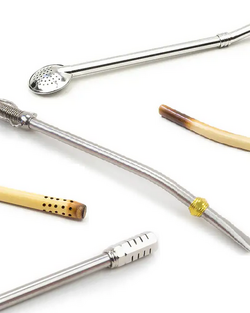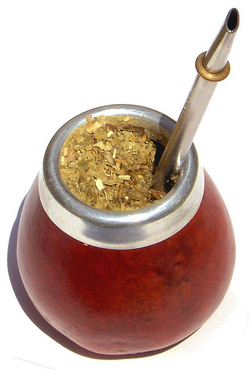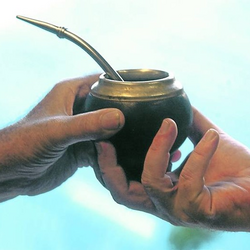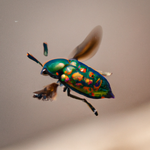Mate: South America's Versatile Brew
Mate is a dose of yippee-skippies when the afternoon shadows get long. It's rejuvenating, it's nutritious, and the pure leaf offers a range of flavor profiles for your palate.

The plant has been made into a beverage for centuries beginning in what is now Paraguay. Today, there are numerous preparation techniques across cultures and regions. So, don't be shy in making it your own. Some use mate as a base to blend with other herbs, some steep it cold with juice instead of water, while others are thoroughly purists, sipping infusion after infusion through a bombilla.
However you enjoy mate, a second suggestion is to take it outside.
Mate traits
Mate boasts 24 vitamins and minerals, and 15 amino acids. Also, xanthines (natural stimulants): caffeine, theobromine, and theophylline. Mate is often described as invigorating (by caffeine), euphoric (by theobromine), and relaxing (by theophylline), but you are invited to sample the sensation for yourself.
Mate tools

Bombilla
For a traditional preparation, a filtering straw called a bombilla or bomba is used to separate the leaf from the brew while drinking.
Gourd
A gourd is a common vessel for mate consumption. The term mate can also refer to the gourd itself.
A new one is best cured before use. Simply soak yerba mate and water within it for a day. Then empty and scrape the interior for any loose plant material with the side of a spoon. Repeat. This process cleans and seasons the interior of the gourd.
A Technique

A calabash gourd used in Paraguay.
To brew yerba mate in a gourd, first fill 3/4 with dry leaf. Seal the opening of the gourd with your palm, and rotate upside down while lightly shaking to sift and distribute the small particles from the large (this isn't as necessary if using the green or roasted, as they are less dusty and stemless).
Then the gourd is turned to allow the yerba to settle and pile on one side, forming an herb montanita along the inner wall of the cup. This creates a gap where cool water is added, to be absorbed by the leaves for a few minutes. Once saturated, the bombilla is inserted into the unfilled side, but tucked under the adjacent yerba mass. (Hold a finger over the mouth of the straw to prevent particles from rushing into the bombilla.) Now, hot (but not too hot!) water is added, also on the vacant side. Your mate is ready to drink, refill, upon refill.
You can do this this with most any material of cup. In fact, if sugar is added (as it commonly may be) it is best to use something non-porous.
Be warned that pure yerba mate made traditionally is an acquired taste.
It is a big flavor!
Alternate Approaches
A spoonful can be steeped like tea, for a quick single serving. Or, a vessel can be nearly packed with mate and other herbs. Common choices include mint, lemon balm, ginger, lemongrass, citrus rinds, as well as chamomile.
In hotter regions, tereré is popular: a cold mate beverage steeped in ice water and sometimes even brewed with juice in place of water. Similarly, appealing is a cold steep of our new blend, Baya Bonita, or the beloved Mango Mate.
Caramelized sugar, molasses, honey, or milk are also frequent additions. Below are some cozy blends to try with this in mind: Mate Carnival, or Mate Chai.
Group Activity

Some of you may be familiar with the concept: "no es un micrófono" (It is not a microphone) used to encourage a chatty drinker to pass the gourd.
In a family or intimate social setting, one person prepares the mate and inserts the bombilla before beginning to brew many rounds of sips for good company. The preparer, or cebador, will drink the first and perhaps second infusion, assuring a good brew. Upon refilling, they pass the beverage to their companion on the right, who drinks the entirety and passes it back. More water is added.
This continues to the next, and so on. Gracias from each person implies they are done. If the mate begins to taste lavado (washed out) before then, the cebador may turn the mass of yerba over on the adjacent cup wall using the bombilla, "reformar el mate," to expose fresher leaves, revive the flavor, and keep the gathering going.
It is impolite for anyone but the preparer to fuss with the placement of the bombilla.

